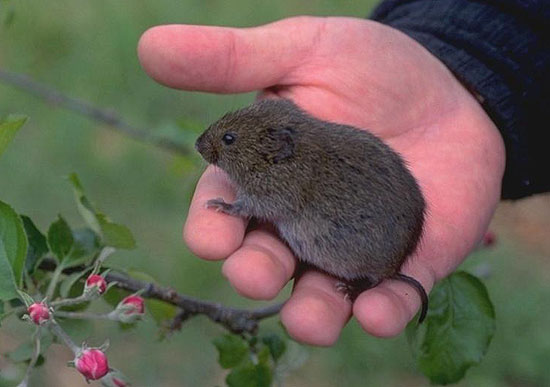Proven Vole Control Methods to Guard Your Property
Proven Vole Control Methods to Guard Your Property
Blog Article
Comprehensive Overview to Efficient Vole Parasite Control: Infestation Identification and Therapy Methods
In the realm of efficient insect control, vole invasions pose a special difficulty that demands a tactical technique. By exploring the subtleties of vole actions, understanding crucial signs of problem, and reviewing a range of control alternatives, one can develop a detailed approach to battle these elusive bugs.
Understanding Vole Actions
Vole behavior is characterized by their tunneling habits and quick reproduction rates, making them a tough parasite to control successfully. Their rapid reproductive rate additional complicates control initiatives, with ladies qualified of producing multiple clutters in a single year, each consisting of several offspring.
Recognizing vole actions is vital for efficient bug control methods. By identifying their burrow areas, keeping an eye on feeding locations, and applying targeted control techniques, such as trapping or environment alteration, vole infestations can be handled effectively.
Signs of Vole Invasion

Avoidance Techniques
Carrying out reliable prevention strategies is important in decreasing vole invasions and safeguarding greenery from their devastating feeding practices. To prevent vole problems, it is vital to start by removing possible food sources and shelter.
Frequently examining the building for indicators of vole activity, such as paths and burrow openings, is essential for very early discovery and punctual activity. If vole activity is suspected, think about utilizing traps or repellents strategically placed near their pathways.
Non-Lethal Control Methods
To efficiently take care of vole populations while prioritizing gentle approaches, non-lethal control methods offer functional solutions for lowering vole damage in landscapes and gardens. These obstacles can be buried at least 12 inches deep and curved at a 90-degree angle to protect against voles from tunneling underneath.

Lethal Control Options
One effective approach for addressing vole problems in yards and landscapes includes the tactical use lethal control alternatives. When confronted with a severe vole infestation that non-lethal techniques have fallen short to consist of, carrying out dangerous control procedures ends up being critical. One frequently used deadly control option is making use of snap catches. These traps are developed to quickly and humanely kill voles upon activation, making them a prominent option for lots of garden enthusiasts and landscapers. To enhance the effectiveness of breeze catches, it is recommended to put them in official statement areas where vole activity is high, such as along paths or near burrow entryways. Another dangerous control choice is the application of poisonous baits specifically created to target voles. These lures consist of poison that is ingested by the voles, causing their eventual death. Caution must be exercised when utilizing poisonous lures to avoid injury to non-target animals or pets. On the whole, when using lethal control options, it is vital to do so properly and based on regional guidelines to efficiently take care of vole infestations.
Verdict
Finally, efficient vole pest control needs a comprehensive understanding of vole behavior, identification of indications of problem, implementation of avoidance methods, and application of both deadly and non-lethal control methods. By combining these approaches, people can properly manage vole populations and safeguard their building from damages. It is necessary to address vole invasions promptly to avoid further issues and lessen the effect on the surrounding setting.
Given the intricate passage systems and fast recreation prices particular of voles, acknowledging the signs of vole problem comes to be vital in efficient insect control. One of the main indications of vole existence is the presence of surface area runways or tracks in lawn or snow, typically about 1-2 inches wide, created as voles travel between their burrows and food sources.To effectively handle vole populaces while focusing on humane methods, non-lethal control approaches supply practical solutions for reducing vole damage in landscapes and yards.One reliable technique for attending to vole infestations in yards and landscapes entails the strategic use of lethal control options. vole yard damage.In conclusion, reliable vole bug control calls for an extensive understanding of vole habits, identification of signs of infestation, application of prevention strategies, and usage of both dangerous and non-lethal control check here techniques
Report this page